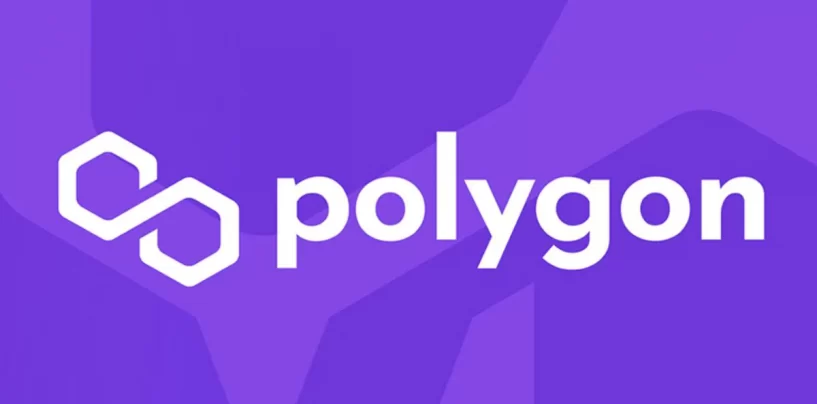Polygon is a Layer 2 sidechain solution that aims to make the Ethereum blockchain more accessible and user friendly. Polygon aims to help the Ethereum blockchain grow as a Layer 1 platform, by lowering fees and providing scaling solutions. There are many out there that believe that the Ethereum merge will significantly reduce or eliminate fees on the Ethereum network, but Vitalik himself has stated that L2 solutions will be needed to reduce transaction fees to their lowest level.
Matic is an ERC-20 token, which makes it compatible with other Ethereum base cryptocurrencies. The token is used as a governance token token for the Polygon network, and also to pay network transaction fees. According to their website, “Polygon combines the best of Ethereum and sovereign blockchains into a full-fledged multi-chain system.”
The Polygon network uses a modified Proof-of-Stake consensus mechanism, which allows consensus to be achieved with every block, as opposed to traditional Proof-of-Stake which requires the approval of many blocks. Claiming to “fully benefit from Ethereum’s network effect”, as well as being “inherently more secure”, and “more open and powerful”, Polygon believes that its technology is effective and viable.
With a staggering 37k+ dApps using the network, Polygon’s own network effect is starting to look pretty good. The chain has a well established community of users, which is only growing.
Polygon operates a host of different Ethereum scaling solutions, designed to solve some of the problems faced by Ethereum.
In order to achieve its goals of helping to address the limitations of the Ethereum platform, in terms of speed, scalability and network fees, Polygon can deploy existing blockchain networks and develop custom blockchains, enable communication between Ethereum and other blockchains, and help existing blockchain networks to become Ethereum compatible. As I may have mentioned elsewhere, there is a consensus in crypto that “the future is multi-chain”, and this truth means that integrative chains such as Polygon have the potential to grow and grow in relevance and value as time moves on.
This week alone for example, Polygon has announced a fairly groundbreaking partnership with Meta, with an Instagram integration in the works. The integration is based around the minting and selling of NFTs on the platform, and is sure to draw more exposure to Matic, to NFTs and to the crypto space as a whole.
One important point to not about Polygon is that it is not an autonomous blockchain, and is dependent on Etheum for its functionality. This means that down the line if there were any issues with the Ethereum blockchain for whatever reason, Polygon could potentially also be affected.
The supply of Matic tokens is 10 billion, of which 8.73 have already been issued.
With this in mind, it can be clearly seen that L2 roll ups such as polygon will play a significant part in the growth of the Ethereum platform, and as such they will grow themselves, making L2 platforms extremely appealing from the point of view of the investor.


